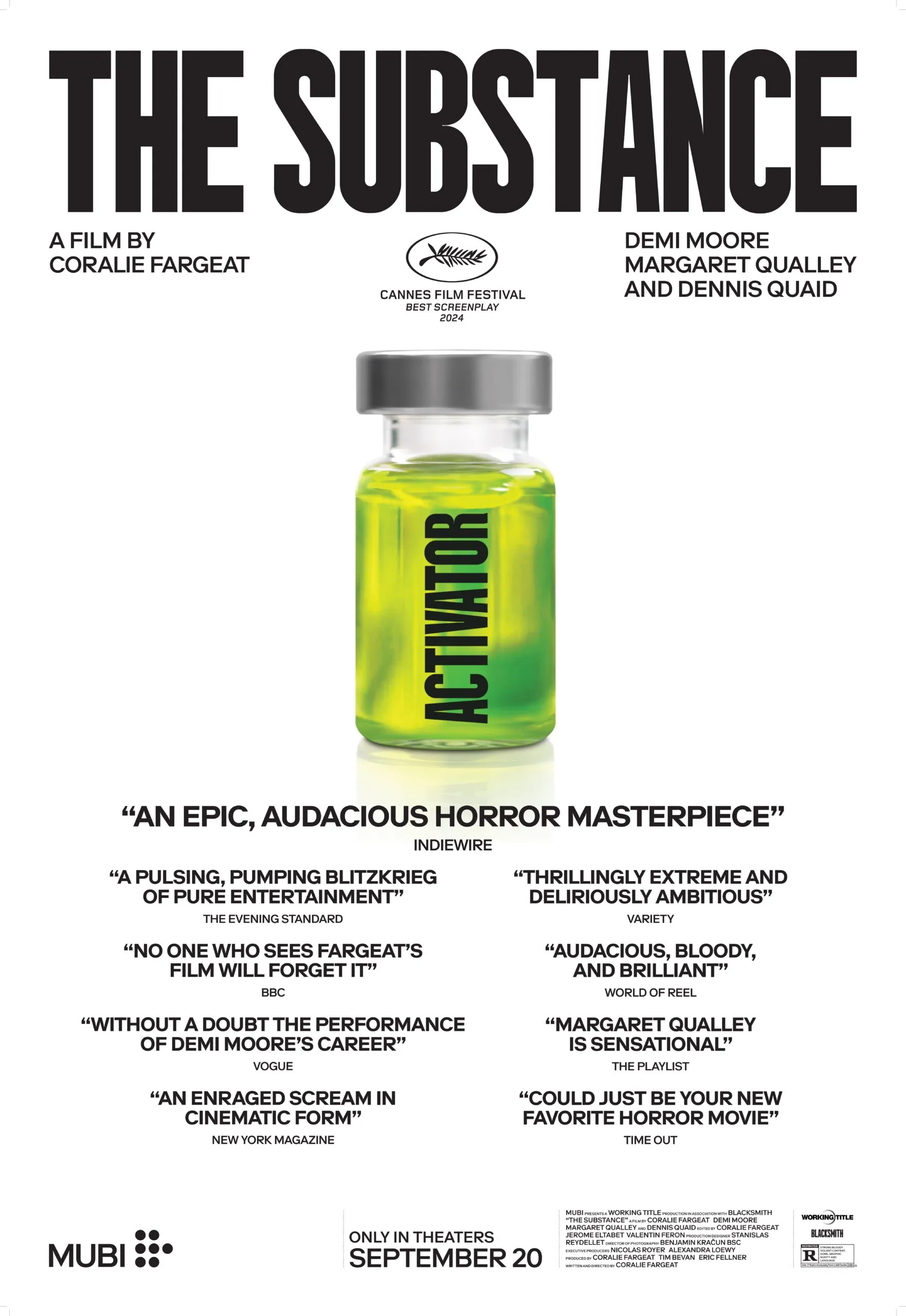We’ve all seen Kylie Jenner at the 2024 Met Gala or the bloated lips of Chloe Cherry when Euphoria’s second season debuted. Even Demi Moore’s face began to look poor in the eyes of the public as time went on, as the natural ever-flowing force of time began to take effect.
“I personally would never walk around looking like that,” sophomore Neveah Kurtz said, referring to Jenner’s look.
“They look kind of unreal and they’re too unnatural,” sophomore Mia Rushing said, with Cherry in mind.
“Pillow face” is the term the world has deemed for people who have undergone intense cosmetic plastic surgery and have received large amounts of filler. It’s also the label placed on many celebrities, such as Jenner, Cherry, or Moore.
As we begin to see more and more cases of extreme surgery, overflowing filler, and people that look almost uncanny, the question “How did beauty standards get to this point?” should be asked.
“The Substance,” a horror movie released last month, follows Elisabeth Sparkle, played by Demi Moore, through her battle with beauty standards and aging.
Moore’s Mrs. Sparkle is a star in a life of luxury, with her face plastering billboards. She is loved by many, yet objectified. But after decades of being in the industry, and having her face capitalized off of, her persona adjusted for the audience, Elisabeth becomes tired.
Elisabeth fails to satisfy those around her in the ways she used to. Before others would gasp when she entered a room, she could get anything she wanted, but now, people seem to be sick of her.
Seeing posters of her younger self being torn off of billboards, being treated as ‘old’ and viewed as less attractive than she was in her youth, lights the spark that sends Elisabeth into an inevitable spiral.
While driving home one day, Elisabeth gets into a car crash and meets a doctor who says that she would be the “perfect candidate” for a treatment called “The Substance.” “Have you ever dreamt of a better version of yourself?” read the slogan for the treatment.
After days of hesitation, Elisabeth gives in and calls the number. She picks up “The Substance” at a sketchy address, neatly puts it in a box for herself, and gets ready to begin to process.
The first step of use is activation, the second is stabilizing the ‘other self,’ and the third is the ‘switch.’
Cards in the box tell Elisabeth simply: “You activate once. You stabilize every day. You switch every seven days without exception. Remember, you are one.”
She picks up the green substance, plunges a syringe full of activator into her veins, and begins to collapse. Birthing the ‘better self’ out of her spine.
Convulsing on the floor, close-ups of specific unnerving and unmoving body parts contrast with sporadic ones, the slow ripping of her back reveals the back of a person inside, all perfectly crafted to ensure maximum unease for the viewer.
The pain-gripping screams of Elisabeth encapture the torture that is being a woman. And not just being a woman, but being a public figure as well.
“There was a lot of symbolism,” which is what made the movie “[…]Really really good,” sophomore Lilah Grace Reese said.
What urged Elisabeth to try “The Substance” in the first place was the idolization that was put on her–the obsession people had with her.
But the media and her fans weren’t truly obsessed with her, they were obsessed with her youth, her looks, and her body.
The only show she worked on before she took “The Substance’” was a show called “Pump it Up,” a hypersexual TV show that made guided workouts for women, though the episodes seemed to focus on everything but that.
When the only thing someone is known for is physical looks, and the only thing valued is youth, they will do anything to keep the grasp they hold on others.
This is seen in the fictional Elisabeth Sparkle, but also in real people we know and love, such as Priscilla Presley, Donatella Versace, the Kardashians and Jenners, and the woman who plays Mrs. Sparkle herself, Demi Moore.
The overt focus on the way people look isn’t just fictional, and the horrors seen in “The Substance” aren’t too far-fetched.
“The Substance” forces the realization on the audience that the amount of attention we place on someone’s physical looks, also means that physical looks will begin to be all that matters. Whatever the population views as beautiful at the time can dictate and determine the course of the lives of many.
“The Substance” raises the idea that the fear of aging and the destruction beauty standards can cause both mentally and physically, should be jarring, should be scary, and should be prevented.








